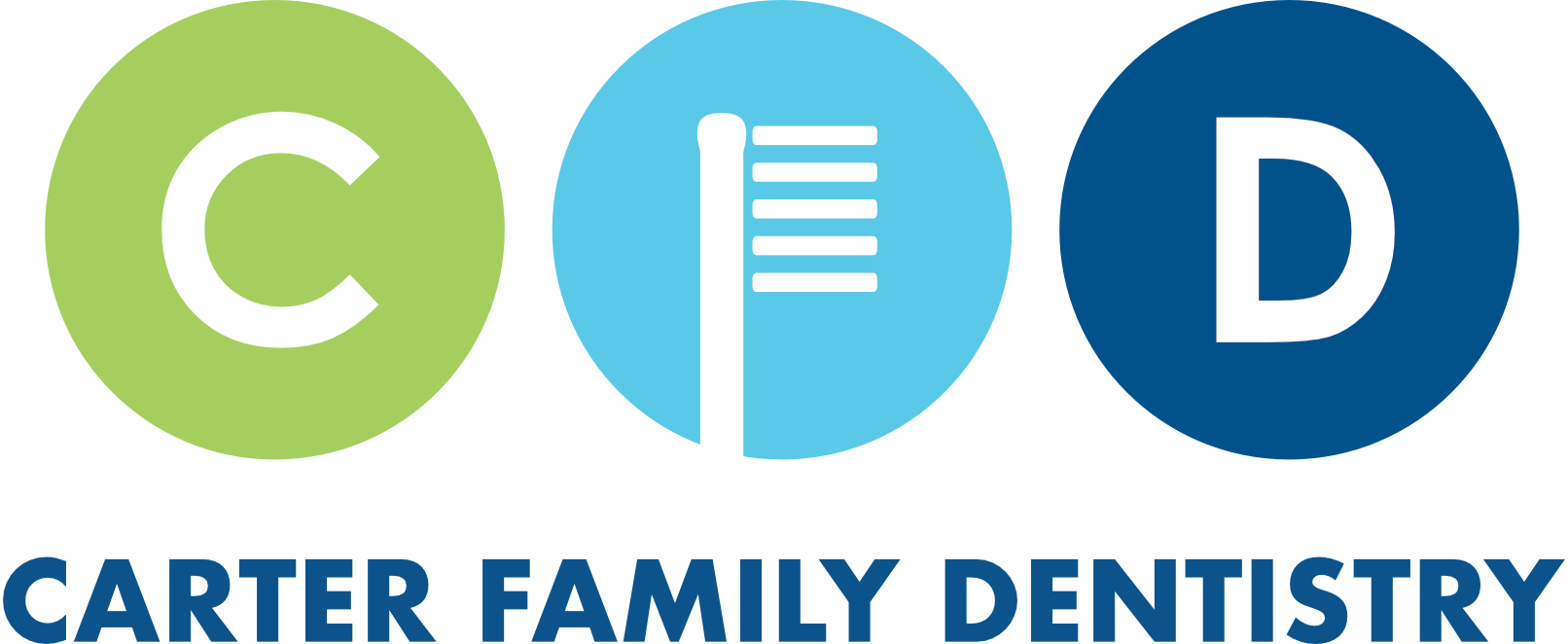At Carter Family Dentistry, we offer multiple restorative materials for fillings including tooth colored/white (composite), and metal (amalgam) if requested and deemed medically necessary.
When it comes to having a cavity filled, it’s important to know that you have the right to decide, after consultation with your dentist, what treatments and materials are used for your dental care. Your dentist considers materials to use on an individualized basis, taking into account the size and location of your cavity. Cosmetic considerations, how long the filling could last, insurance coverage and out of pocket costs are some other factors you might want to consider. The ADA encourages you to talk with your dentist so that together you may choose the material that’s right for you.
Composite resins
Composite resins, or tooth-colored fillings, provide good durability and resistance to fracture in small- to mid-size fillings that need to withstand moderate pressure from the constant stress of chewing. They can be used on either front or back teeth. They are a good choice for people who prefer that their fillings look more natural. To learn more about tooth-colored fillings, head over to ADA’s Mouth Healthy website.
Metal (amalgam) Fillings
Dental amalgam is made from a combination of metals that include mercury, silver, tin, and copper. Sometimes described as “silver-colored” fillings, dental amalgam has been used by dentists for more than 100 years because it lasts a long time and is less expensive than other cavity-filling materials such as tooth-colored composites or gold fillings. To learn more about Metal (Amalgam) Fillings, head over to ADA’s Mouth Healthy website.
Due to the durability of Metal (Amalgam) Fillings, they are often the best choice for large cavities or those that occur in the back teeth where a lot of force is needed to chew. Amalgam hardens quickly so it is useful in areas that are difficult to keep dry during placement, such as below the gum line. Because it takes less time to place than tooth-colored fillings, amalgam is also an effective material for children and special needs people who may have a difficult time staying still during treatment.
Ultimately, the best dental filling is no dental filling. Prevention is the best medicine. You can dramatically decrease your risk of cavities and other dental diseases simply by:
- brushing your teeth twice a day with fluoride toothpaste
- flossing daily
- eating a balanced diet
- visiting the dentist regularly.
CONTACT US TODAY TO SCHEDULE A CONSULTATION A FILLING
If you are interested in learning more about a filling or would like to schedule a consult for a filing, please feel free to give us a call. We are happy to answer any questions that you may have and schedule your consultation. Head over to our contact page for our contact information or to schedule an appointment.

